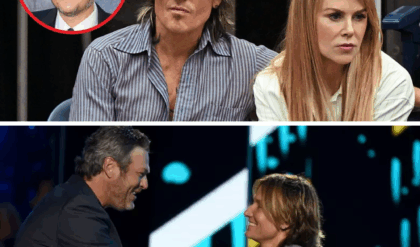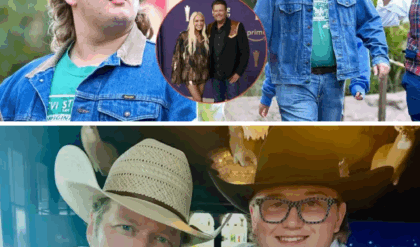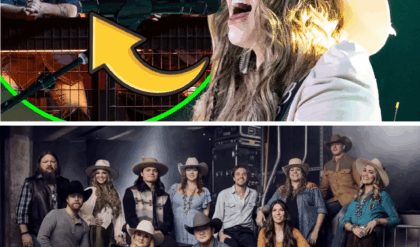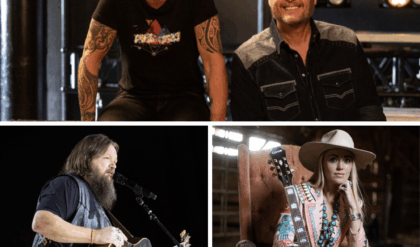On June 11, 2025, Elon Musk, the enigmatic CEO of Tesla, dropped a bombshell that sent shockwaves through the tech and automotive worlds. In a post on X, he confirmed that Tesla’s most important upcoming product—a fully autonomous robotaxi service—is set to launch tentatively on June 22 in Austin, Texas. During an April earnings call, Musk doubled down, asserting, “I don’t see anyone being able to compete with Tesla at present,” a statement reflecting his unwavering confidence in the company’s autonomous driving technology. This revelation, paired with the recent sighting of a driverless Cybercab cruising Austin streets, marks a pivotal moment for Tesla, promising to reshape transportation while inviting scrutiny over its bold claims and untested promises.
The Big Reveal
Musk’s announcement centers on the robotaxi, a driverless vehicle service he first teased in 2019, with production delays pushing its debut repeatedly. The latest plan involves an initial rollout of 10–20 Model Y SUVs equipped with Tesla’s Full Self-Driving (FSD) software, operating in geofenced areas of Austin. Musk described this as a “proof of concept exercise,” with a potential expansion to millions of vehicles by mid-2026 if successful. The Cybercab, a steering-wheel-free prototype unveiled in October 2024, is slated for production in 2026, but the interim service will use existing models, showcasing Tesla’s intent to leverage its current fleet.
The “most important product” label underscores Musk’s belief that autonomy will redefine Tesla’s future. He envisions a ride-hailing network where Tesla owners can rent out their cars, turning vehicles into revenue-generating assets akin to an “Uber-Airbnb hybrid.” This pivot comes as Tesla grapples with a 53% profit drop in 2024 and a 20% sales decline in Q1 2025, signaling a desperate bid to inject cash and innovation into a stagnating business.
The Confidence Behind the Claim
Musk’s assertion of unrivaled competition stems from Tesla’s unique approach. Unlike rivals like Waymo, which rely on LIDAR and costly sensor suites, Tesla uses camera-based AI, a choice Musk calls “beautifully simple.” In March 2025, he mocked LIDAR on X, stating, “People don’t shoot lasers out of their eyes to drive,” emphasizing cost efficiency and scalability. This strategy, he argues, gives Tesla an edge, with production costs 20–25% lower than Waymo’s, enabling high-volume deployment.
During the April earnings call, Musk predicted a “99% market share or something ridiculous,” citing Tesla’s scale and AI expertise. He highlighted the company’s in-house chip design and software team, claiming no competitor matches its real-world AI capabilities. This confidence is bolstered by recent tests, including driverless Model Ys spotted in Austin, monitored remotely to ensure safety—a cautious step after years of overpromising.
The Context of Struggle
The timing of this reveal is critical. Tesla’s stock has shed 25% since December 2024, hit by sales slumps and backlash over Musk’s political ventures, including his role in Trump’s Department of Government Efficiency (DOGE), which ended in May 2025. His feud with Trump over a spending bill further dented investor confidence, making the robotaxi a potential lifeline. With Chinese rival BYD flooding the market with $9,500 EVs and traditional automakers like GM and Ford exiting AV projects, Tesla’s bet on autonomy is a high-stakes gamble to reclaim dominance.
Musk’s exit from DOGE has refocused attention on Tesla, with investors hoping for a turnaround. The robotaxi, he claims, could tap a $14 trillion market by 2027, per ARK Invest estimates, dwarfing Tesla’s current $600 billion valuation. Yet, this optimism clashes with a 2025 sales dip, attributed to factory updates and brand hostility, underscoring the urgency behind his bold rollout.
Public and Expert Reactions
The announcement has split opinions. On social platforms, Tesla fans hail Musk as a visionary, with posts celebrating the Austin sightings as “the future arriving early.” Critics, however, question his credibility, pointing to a decade of unfulfilled self-driving promises. Phil Koopman, a Carnegie Mellon safety expert, warned that 10 cars without crashes are “table stakes,” not proof of readiness, highlighting the gap between hype and reality.
Waymo, offering 250,000 paid rides weekly in four U.S. cities, including Austin, poses a direct challenge. Experts like Bryant Walker Smith argue its LIDAR-based system is safer, especially after NHTSA investigations into Tesla’s FSD, including a 2023 pedestrian fatality. Musk dismisses these concerns, framing human drivers—causing 40,000 U.S. deaths annually—as the true risk, a narrative that resonates with his base but lacks empirical backing for unsupervised autonomy.
The Technology Under Scrutiny
Tesla’s FSD relies on eight cameras and neural networks, eschewing LIDAR to cut costs. Recent Austin tests show progress, with vehicles pausing for pedestrians and navigating intersections, but the system’s performance in edge cases—night driving, construction zones—remains unproven. Musk claims a 99.9% autonomy rate, yet NHTSA data logs over 1,000 crashes since 2019, fueling safety debates. The geofenced approach and remote monitoring suggest caution, but critics argue it’s a far cry from the “anywhere” autonomy Musk touts.
The “beautifully simple design” Musk praises—lacking manual controls—amplifies the stakes. If successful, it could revolutionize mobility; if it fails, it risks eroding trust. Tesla’s plan to scale rapidly hinges on refining this tech, a challenge given past delays and the complexity of urban environments.
Broader Implications
This product could redefine Tesla’s identity, shifting it from an EV maker to an AI leader. A successful robotaxi network might justify its lofty valuation, outpacing rivals like Apple or Nvidia combined, as Musk predicts. It could also pressure competitors to accelerate AV development, though many, like Ford, have retreated, citing resource demands.
Geopolitically, the launch aligns with Musk’s Trump ties, which eased federal AV regulations in 2025. Texas’s lax oversight aids testing, but California’s stricter rules loom as a hurdle. The move may boost U.S. EV leadership against China’s BYD, yet it risks regulatory backlash if safety issues emerge.
Challenges Ahead
The June 22 date, labeled tentative, reflects uncertainty. Factory updates and supply chain issues could delay production, while public acceptance hinges on flawless performance. Musk’s history of missed deadlines—FSD was “one year away” since 2016—fuels doubt. Analysts like Seth Goldstein from Morningstar see no quick fix, warning that sales declines reflect market saturation, not just competition.
Safety remains the wild card. Without human oversight, any crash could derail the rollout, inviting lawsuits and bans. Musk’s promise of zero fatalities clashes with FSD’s track record, requiring a leap in reliability that’s yet to be demonstrated.
A Vision or a Mirage?
As of June 17, Austin buzzes with anticipation, with residents scanning streets for more sightings. Musk’s praise and the robotaxi’s debut signal a bold vision, but its success depends on execution. If Tesla delivers, it could cement Musk’s legacy as a transport pioneer; if it stumbles, it may expose the limits of his ambition.
This moment encapsulates Musk’s duality—genius and gamble in one. The “most important product” claim, backed by his competitive swagger, promises a transportation revolution, but the world watches warily, waiting to see if the future he envisions can withstand the present’s scrutiny.





